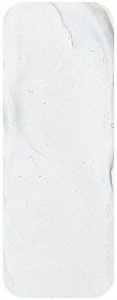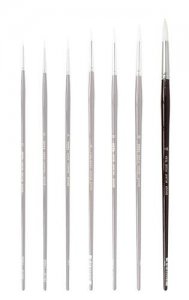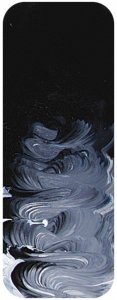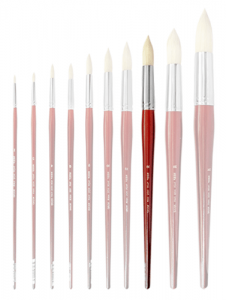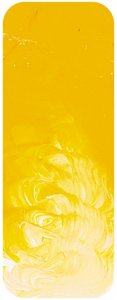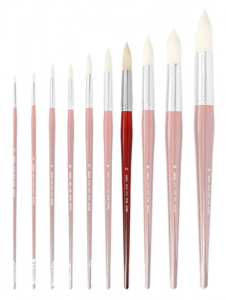Description
"In all probability this is the oldest pigment colour ever used by humans. All of the oldest archeological evidence in which there are pigment remains are of Red Oxide .There is even evidence of Neanderthals using it to sprinkle on dead bodies, possibly to bring a semblance of life back to the skin. The oldest confirmed remnants of human usage are 60,000 years old in the caves at Pinnacle Point in South Africa, but there are more controversial artifacts over 100,000 years old. The oldest use of Red Oxide is probably as wet clays at the sides of rivers which were used to draw designs on the human body but unfortunately that is not the sort of thing to leave lasting remains via fossilization and will probably always be conjecture. The cave remains in South Africa are of shells used as containers for red pigment but what it was used for is lost. It could potentially be anything from cosmetics, to decorations on tools and weapons, to ritualistic colouring for ceremonies. We will probably never know.
The oldest surviving paintings are in caves in France, Namibia, and Australia and are older than 30,000 years. In every case there are red oxides forming a significant portion of the artwork along with yellow and brown oxides and black from burnt wood. In many cases the Red Oxide forms the majority of the colours used and in cases where only one pigment is used it is always Red Oxide. Clearly the colour was very meaningful to these early artists. Perhaps its similarity to the colour of blood gave it magical properties. Yellow Oxide and Red Oxide are the only two colours known to have been used by all known civilizations and both continue to be amongst the best selling and therefore most used artists colours.
For most of history Red Oxide has varied in exact colour and degree of opacity depending on the source but during the Renaissance when earth colours became standardized it was the very opaque red iron oxides found near Pozouli that were particularly valued. The Red Oxide from Pozzuoli had the unusual property that it sets hard like a natural kind of cement and so could be used to plaster walls or make mortar so it was important architecturally as well as artistically. The Romans used this colour extensively and called it sinopia. By the Renaissance the name had simplified to sinoper and after the 16th century it became known as Pozzuoli red which is still sometimes used while sinoper as a colour name has died out except for historic references.
Red Oxide is a dull red compared to colours like Cadmium Red Medium but there are many times when this more earthy sort of colour is perfect. There are many artists who only use earth colours plus Cobalt Blue, Mars Black, and Titanium White and they find that Red Oxide within the context of a subdued palette like this becomes a very bright red Because it is both chemically and visually similar to many natural colours in soil and rocks it is wise to use as the first choice red for general painting. Pinks made with Red Oxide are gentle sorts of pinks and the violets or oranges tend to be soft and earthy colours. It is curious that it is less used than Burnt Sienna even though its more pure red colour is slightly more versatile as a mixer. Pinks made with Titanium White are beautiful and soft. An even softer result comes from mixing with Unbleached Titanium which warms the colour a little. If the artist runs short of Burnt Sienna simply mixing Red Oxide with one of the deeper yellows such as Yellow Deep will produce a similar colour. Red Oxide is also good for making dusky mauves with Cobalt Blue or Ultramarine or a lighter version can be made by using Australian Sky Blue. it is quite remarkable what can be done with the oldest known artist colour.
"

